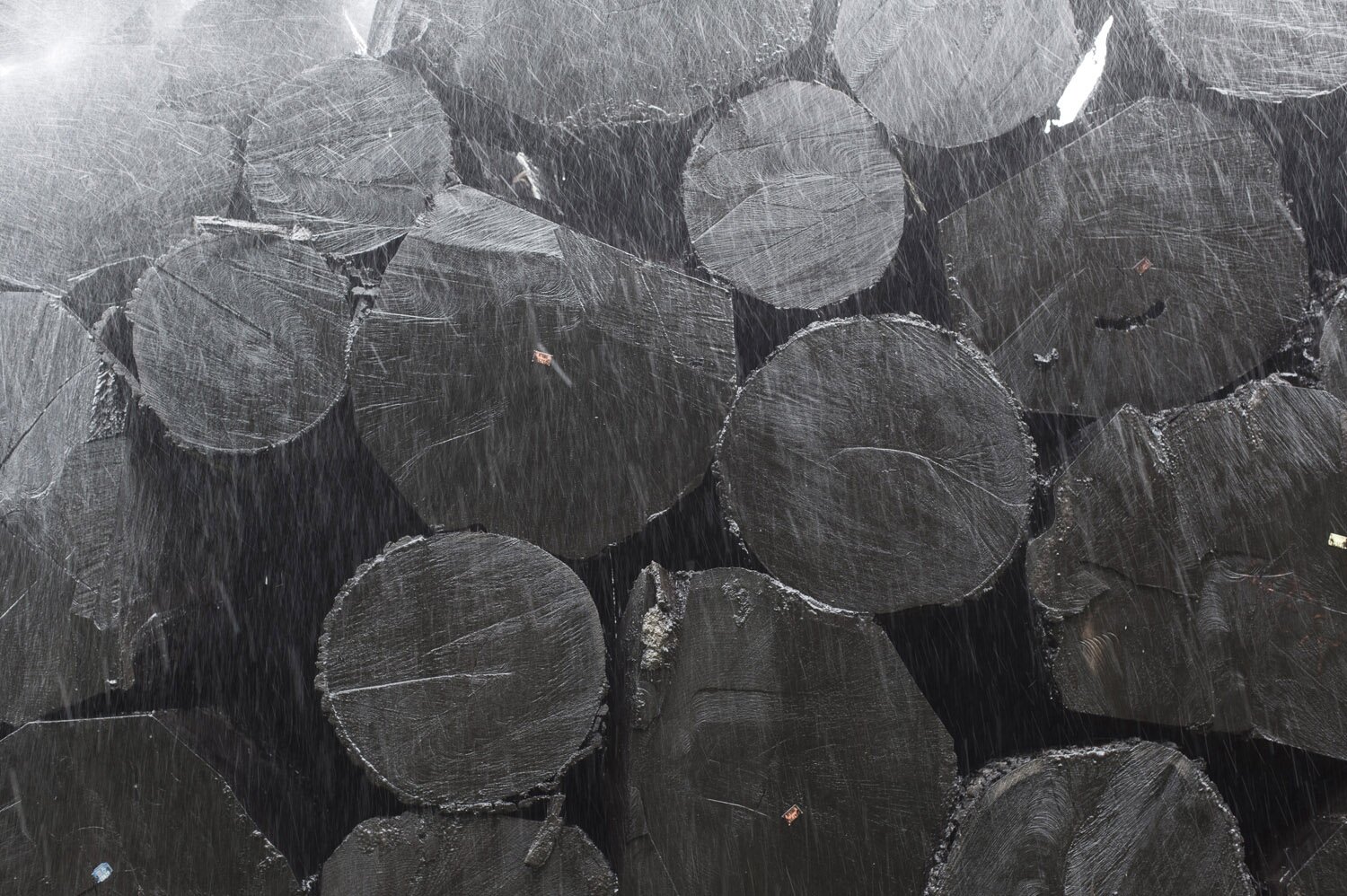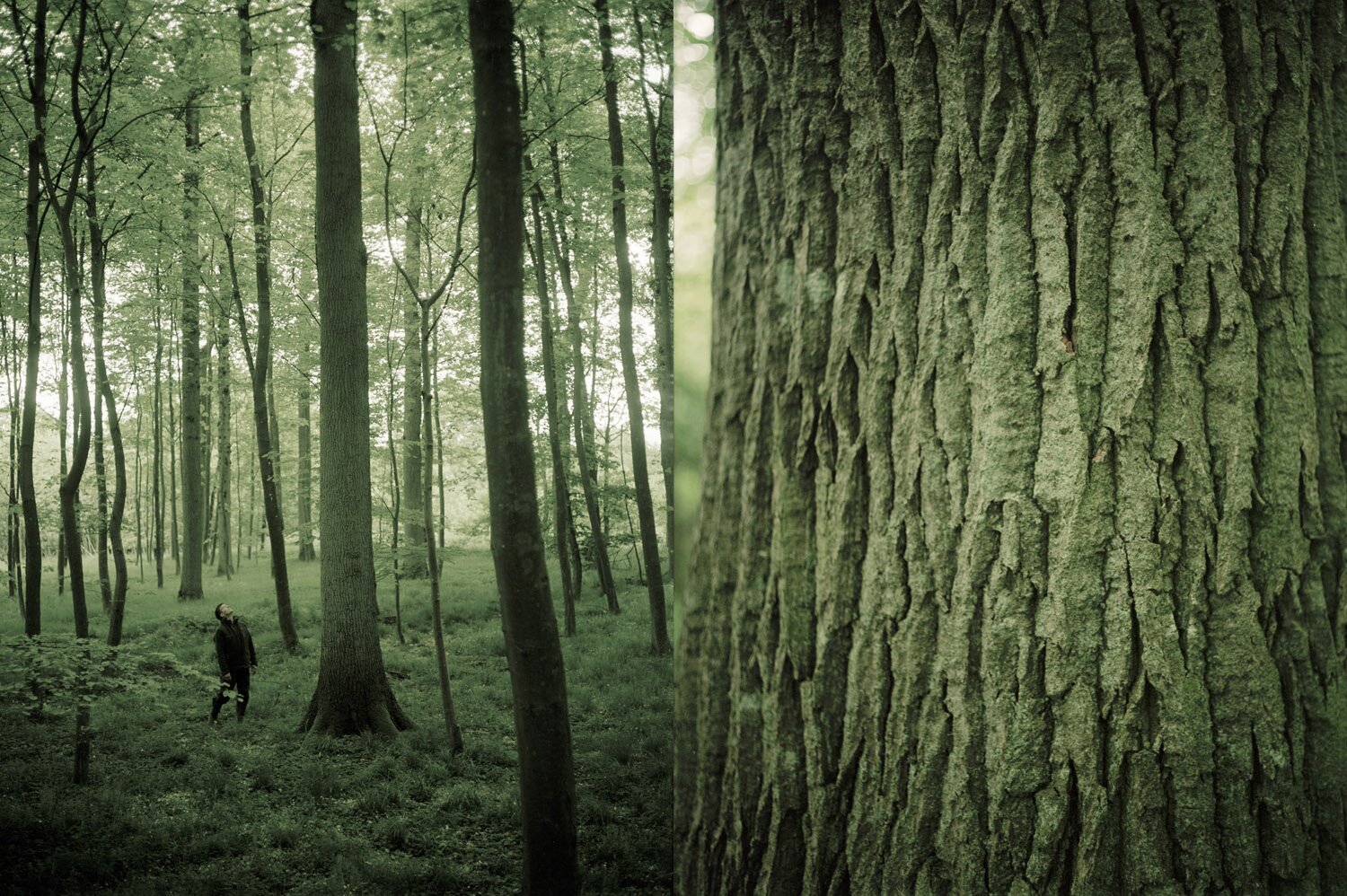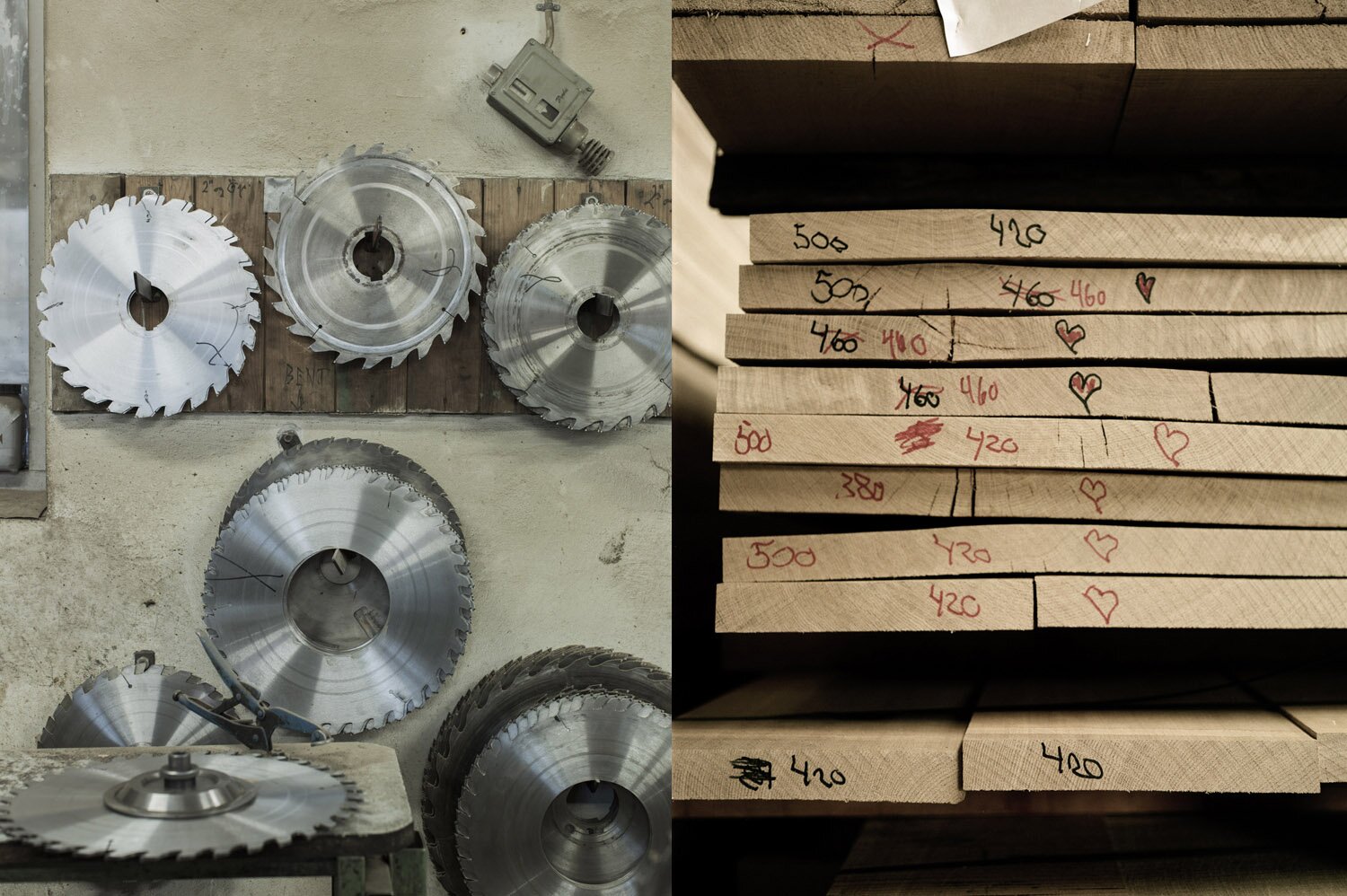It is a remarkable thing to see an 800-year-old living creature. It makes you want to shut up and stay quiet for a minute. The Frisjenborg Double Oak – bearing this name because of its peculiarly growing twin stems – commands exactly that kind of respect. The ancient tree is tucked away in an easily forgotten corner of the 6000-hectare Frisjenborg estate in Jutland, featuring one of Denmark’s most remarkable 19th century manors. But it is not the beautiful manor that has brought me here. It is the oak tree.
Indeed, the Double Oak is impressive. It is no giant, no General Sherman (the famous giant sequoia in California with a height of 83.8 metres/275 feet). Compared to that The Frisjenborg Double Oak is tiny, so bent and crooked, so downright old and molested by time, that it has almost given up looking like a tree. If the California sequoia is aptly named General Sherman after a tall and sturdy American Civil War general, The Frisjenborg Double Oak is more of a Hunchback of Notre-Dame. This green and moss-covered organism has seen the Black Plague sweep across Northern Europe, witnessed noblemen fight duels in the forest clearings, and put up with indiscrete rococo lovers on its doorstep. It was already a very old tree when Christopher Columbus discovered America. Maybe that is why I cannot look at it without a sense of awe. It is not pretty. It is mind-blowing.
Oak is any of a large variety of trees or shrubs that bear acorns. There are more than 600 species of oaks, all of which grow naturally in the northern hemisphere. These trees vary widely in size and in the way they grow – some oaks never become taller than small shrubs, whereas others reach heights of more than 30 meters (100 feet). Most oaks found in regions such as Scandinavia, with its cold winters, are deciduous, which means that they shed their leaves each autumn. Others, growing in warmer climates, do not lose their leaves in the autumn and are called evergreens. In the spring oaks produce small, yellowish-green flowers. The male flowers, which form in dangling clusters called catkins, produce large amounts of pollen. The wind carries the pollen to the female flowers and fertilizes them, and once fertilized, a female flower will become an acorn, the fruit of the oak. Speaking of which: the Latin word for acorn is glans (yes, the head of the penis), underlining the similarity between an acorn in its ‘cup’ and a phallus with the foreskin either retracted or circumcised. But let us get back to the tree. Oaks grow slowly and usually do not bear acorns until they are about 20 years old. Most oaks live 200-400 years. Others, like The Frisjenborg Double Oak take it a step further. Its relative, believed to be the oldest oak in Northern Europe, is found near Jægerspris on the Danish island of Zealand: The Royal Oak is estimated to be 1500-2000 years old.


